According to the invitation, Intel PC Client Group general manager Mooly Eden will show off the new processors, which will include the "world's fastest processor," at CES, Electronista reports. The new processors are expected to replace the Nehalem line of chips currently used in Apple's Core i5 and i7-equipped iMacs and MacBook Pros.
"Desktop chips will range from dual 2.5 GHz Core i3s to quad 3.4 GHz Core i7s. Regular notebooks will get dual 2.5GHz to 2.7GHz Core i5 and i7 chips in the first batch of processors, and desktop replacements will get quad 2.2GHz through to 2.5GHz Core i7s," the report noted. Taiwanese industry publication Digitimes reported Monday that low-power Sandy Bridge processors will be coming to Intel's Huron River platform, which is also due for a Q1 2011 release.
During an earnings call in July, Intel CEO Paul Otellini said he was "more excited by Sandy Bridge" than any product that the company has launched "in a number of years." "Due to the very strong reception of Sandy Bridge, we have accelerated our 32-nanometer factory ramp and have raised our capex guidance to enable us to meet the anticipated demand," continued Otellini.
At the time, Intel was expected to release the processors at the end of this year, with Apple then incorporating them into its Mac lineup in early 2011. In 2009, Apple was the first PC maker to release a Nehalem-based system.
Despite falling behind in the mobile market, Intel has done well for itself. The world's largest chipmaker posted record earnings for the September quarter, with quarterly revenue exceeding $11 billion for the first time in the Santa Clara, Calif., company's history. Though Otellini remained optimistic about Intel's continued success, he did acknowledge that the iPad and other tablets are beginning to cannibalize PC margins.
In a company memo in October, Otellini admitted that Intel is losing the mobile race to Apple, which has gained a massive head start with the success of the iPhone and iPad, but he reassured employees that Intel was running a "marathon" and would catch up eventually.
Otellini cited Intel's come from behind to capture 90 percent of the server market as a prior example. “I am also very optimistic about our opportunity in tablets and smartphones, even though we are not first to market with a solution,†Otellini said. “Ultimately, we can and will lead.â€
Apple has reportedly been dissatisfied with the drop in battery life that comes with using Intel's Atom chips. Early rumors suggested that an Apple tablet would sport an Atom chip, but Apple eventually went with a custom System on a Chip that used ARM reference designs.
 Josh Ong
Josh Ong



-xl-m.jpg)


-m.jpg)





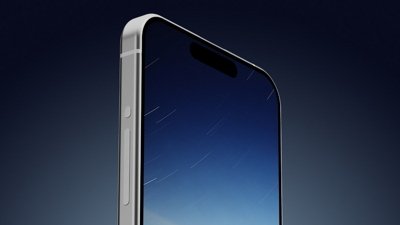
 William Gallagher
William Gallagher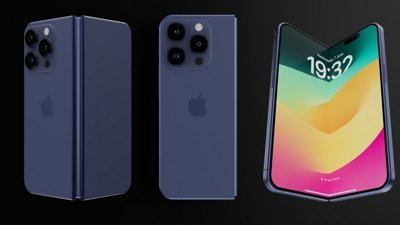
 Amber Neely
Amber Neely
 Andrew Orr
Andrew Orr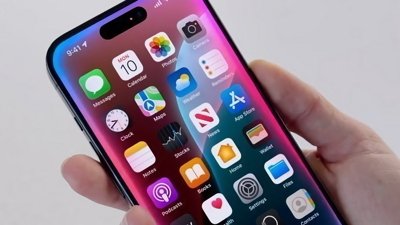



 Christine McKee
Christine McKee
 Chip Loder
Chip Loder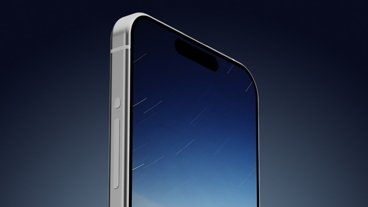
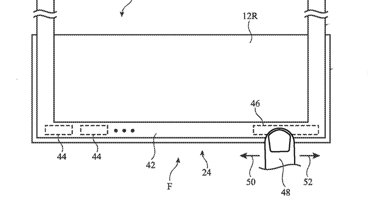







136 Comments
1st post w00t ... It's been a while.
So Intel's bundlegate continues unabated. Shovelling you useless GPUs while Nvidia and others still have no chance of using their chipsets or integrated GPUs. Intel makes some great CPUs, but it's certainly stabbed a few people in the back on the way there. And now with Sandy Bridge, it's secured its stranglehold on mainstream and performance CPUs, and mopped up the low end GPU market at the same time.
Looks like lower-end/ 11"/ 13" Macbook/Pros in 2011 will still continue to use Core 2 Duo.
I admit, I would love a thinned-down, no-optical-drive, 256GB SSD, Sandy Bridge i5 MacBook Pro 15".
But I have come to the stage where I wouldn't even know what I'd do with that speed at power.
Any guesses as to when Apple will update it's iMac and MacBook Pro lines then? If they launch the Chips Q1 2011 then I'm guessing earliest.... Late January/Early February, and as late as early Summer?
Anyone?
Quad-Core i7 with 3.4 MHz looks tasty... Especially considering they'll update the Graphics Card too, ATI 5870 or something probably, and possibly even 1600 MHz Ram
If you want a performance preview, Anand got ahold of a Sandy Bridge engineering sample and tested it.
What would we likely see in a MacBook Pro 13" update and the next MacBook Airs? Isn't Intel supposed to be halting production of the Core2Duo 1Q 2011?
What would we likely see in a MacBook Pro 13" update and the next MacBook Airs? Isn't Intel supposed to be halting production of the Core2Duo 1Q 2011?
This is exactly what I'm eager to see.
If Apple leaves the optical drive in there, I suspect them to use i5 with no separate graphics card, just the on-chip solution.
If they do decide (hopefully!) to axe the ODD, then I imagine Sandy Bridge + discrete graphics card.